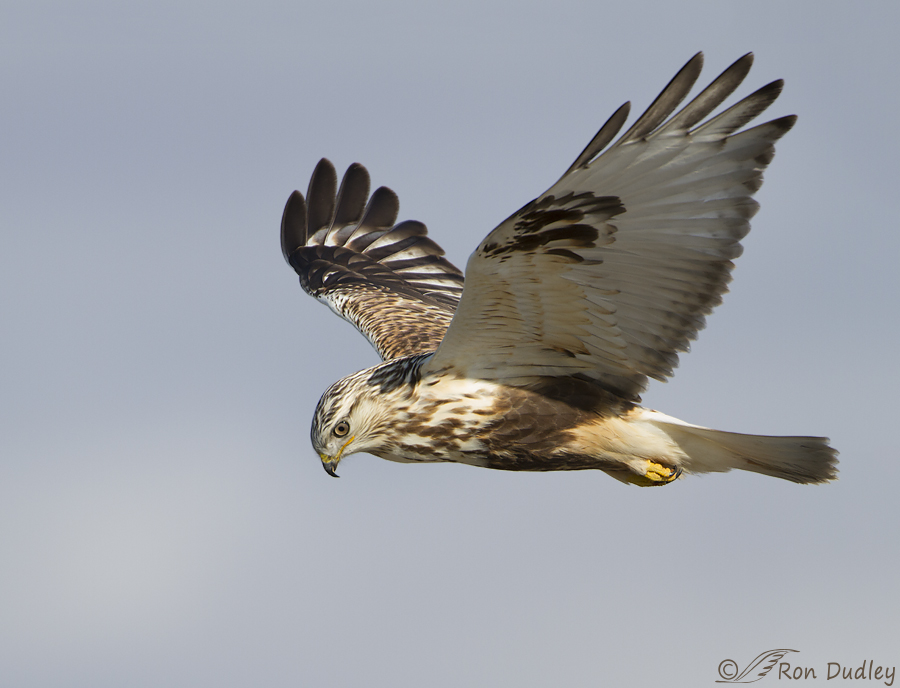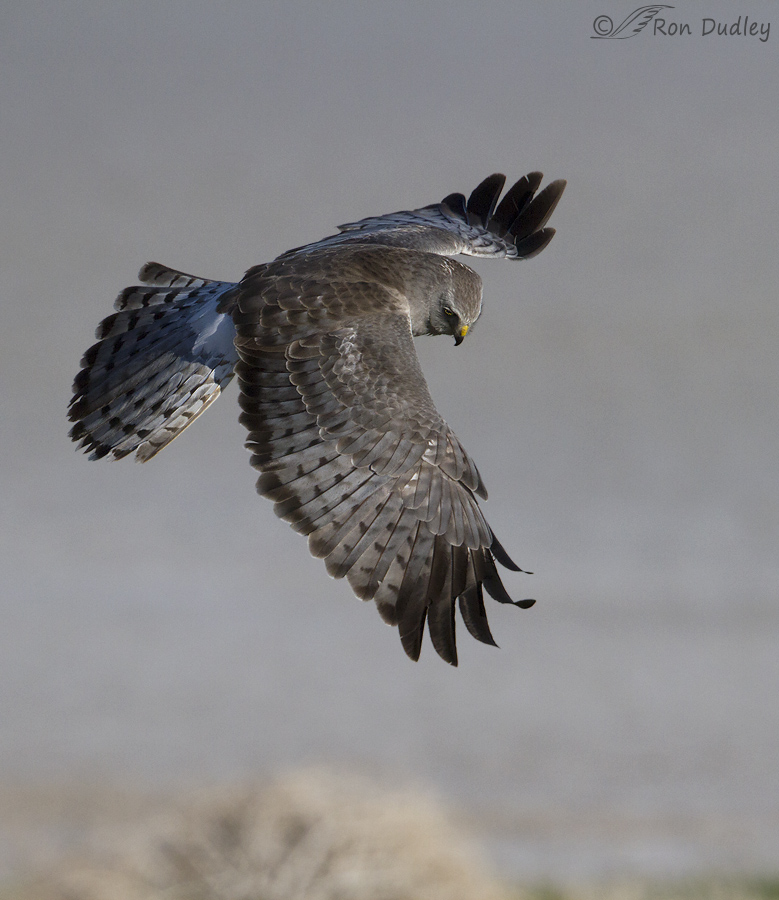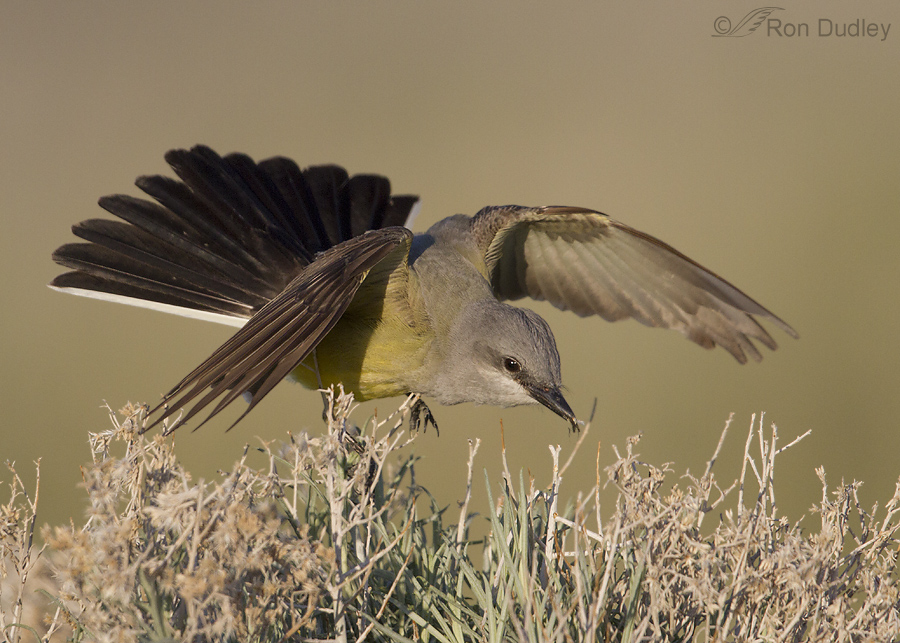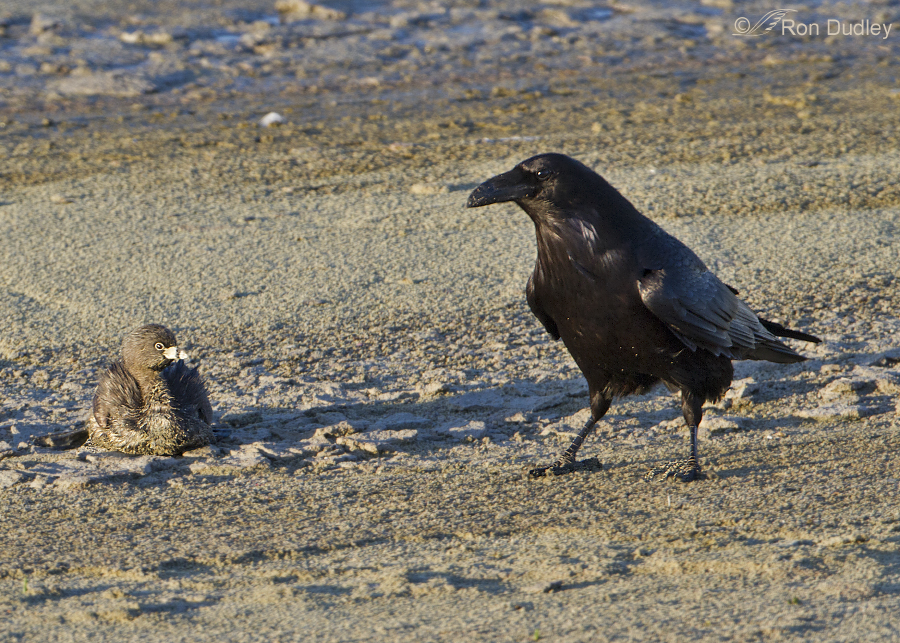Tag: antelope island causeway
Male Harrier Hunting In A Quartering Wind
Western Kingbird Feeding Behavior
Male Harrier Cruising The Causeway
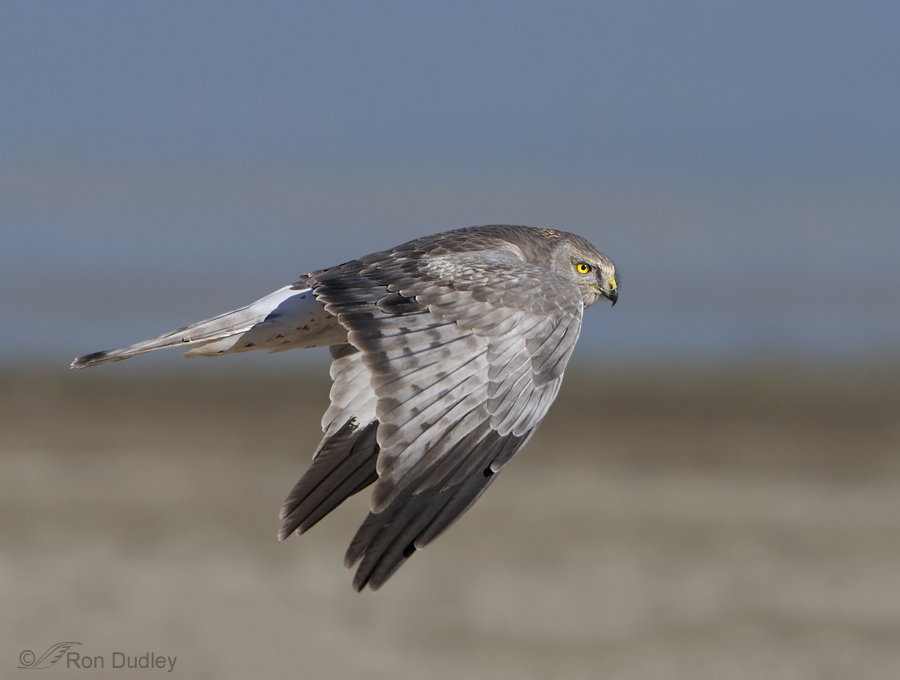
I have a strong affinity for Northern Harriers ( a little secret that’s difficult to conceal, given the vanity plates on my pickup). And though I love to photograph either sex there’s just something about the adult males that has a special appeal for me. Part of that attraction is probably the relative rarity of the adult male colors since the juvenile colors of both sexes resemble that of the female.
The males are called the “gray ghost” for good reason.
The Raven And The Pied-billed Grebe
Indecisive Coyote With A Duck
Coyotes sometimes prowl the causeway to Antelope Island early in the morning. While they’ll certainly take the occasional vole they may come across, voles aren’t really their intended quarry. There are far more voles on the island than there are along the causeway. Coyotes come onto the causeway to scavenge. 1/2500, f/5.6, ISO 640, 500 f/4, not baited During winter there are many ducks along the causeway and occasionally one of them dies – an easy meal for a coyote. But most often these coyotes are after falcon leftovers. Peregrine Falcons and Prairie falcons often hunt the causeway and most ducks are too large for either species to completely consume, so there’s nearly always leftovers. Three days ago I found this coyote with a duck. The bird appeared to be frozen so I suspect it was carrion. Here, the coyote couldn’t decide which way to go with its meal – left or right, because the causeway is narrow and the animal is confined by the lake in the back and the road in front, which gave me an indecisive posture that I like (despite the side light). Ron
Northern Harrier In Flight Along The Causeway
A few weeks ago I was able to photograph this Northern Harrier along the Antelope Island causeway. I like both of these shots because of the good look at the topside of the bird. 1/2000. f/6.3. ISO 500, 500 f/4, 1.4 tc, natural light, not set up, baited or called in The background certainly isn’t “classic” by any means but it’s one found in very few places on the planet, which makes me appreciate it. The lighter colors are Great Salt Lake beach sand and the strips of red are windrows of brine fly pupae cases that have been washed up by the waves into parallel rows. And hey, their colors even go well with the bird (I know, I’m reaching for that one…) 1/2000. f/6.3. ISO 500, 500 f/4, 1.4 tc, natural light, not set up, baited or called in This was the next shot in the burst. I prefer the second image because of the slightly better head turn toward the viewer, the more appealing catch light in the eye and the aerodynamic wing position that suggests speed. But I’m glad to have them both because decent flight shots of harriers don’t come easy. Ron
Great Horned Owl On Antelope Island Causeway This Morning
Just a quick post to report what was an unusual event this morning, at least for me. This is simply a documentary post, as the photos are of mediocre quality. In the hundreds of mornings I’ve spent on the island, I’ve never seen a Great Horned Owl along the causeway. This one was perched on some rocks on the south side of the first bridge. But it flew a quarter-mile west before I got any shots off so I followed it and just as I was about to click the shutter it took off again and headed back to the same area by the first bridge… where it perched on another rock. After a few minutes… it took off once again… and headed almost straight for me. This is the last shot I got before it disappeared below the rabbitbrush along the side of the bridge. Many thanks to the generous couple who approached my vehicle as I was photographing a coyote on the other side of the bridge (where the light was at a much better angle) and told us about this owl. Without their kind notification we’d have never even known the bird was there. I’ve seen and photographed GHO’s multiple times on the island, in a variety of settings, but had never before seen one on the causeway. And it was even relatively late in the morning (10:30 AM) which surprised me further, since it was so much out in the open. Ron
Rough-legged Hawk Hunting Voles
Out of pure habit I still look for Rough-legged Hawks whenever I pass one of their favorite perches, despite the fact that they’re now on their arctic and subarctic breeding grounds in northern Alaska and Canada. Last winter it seemed that these hawks were everywhere in northern Utah and it wasn’t unusual for me to see a dozen or more different birds in a morning of shooting. They’re a particularly handsome raptor and I love photographing them. 1/3200, f/6.3, ISO 500, 500 f/4, 1.4 tc I found this one hunting voles along the Antelope Island causeway this past December. A moderate headwind slowed the bird down and made getting flight shots a little easier. 1/2500, f/6.3, ISO 500, 500 f/4, 1.4 tc When hunting they’re usually looking down which makes it difficult to get eye contact but occasionally you can catch them looking at you if you’re quick on the trigger. Here the wings are mostly horizontal but for me the tilt of the tail helps to compensate for that. 1/1600, f/6.3, ISO 500, 500 f/4, 1.4 tc This eye/head angle is more typical of a hunting bird. The position of the left wing probably won’t appeal to many but there’s something about the curves of both wings that I liked. The sky color may seem a little funky but that’s the color it really was so I didn’t play with it. 1/1600, f/6.3, ISO 500, 500 f/4, 1.4 tc Here the hawk has captured a baby vole. This surprised me a little…
Eared Grebes In Utah
Eared Grebes are the most abundant grebe on the planet and immediately after the breeding season most of the population on this continent migrates to either Mono Lake, California or the Great Salt Lake in my back yard where they feed on brine shrimp and brine flies. 1/800, f/7.1, ISO 500, 500 f/4, 1.4 tc Most of the grebes that I see are on the Great Salt Lake where it’s difficult to get quite close enough to them for photography purposes but occasionally I’ve seen them on smaller ponds where they’re attracted by insect hatches. 1/400, f/8, ISO 500, 500 f/4, 1.4 tc The eye of this species is incredibly red, almost unbelievably so. Just to be clear, I’ve not applied any saturation to these photos. 1/800, f/7.1, ISO 500, 500 f/4, 1.4 tc These birds are tireless feeders and divers. In scientific studies it’s estimated that they consume between 8,000 and 70,000 brine shrimp per day. That’s a lot of diving! 1/1600, f/8, ISO 500, 400 f/4, 1.4 tc When there’s an insect hatch they feed on the surface and as they scurry from bug to bug they’re very difficult to follow because of their quick turns and amazing swimming speed – it can be almost as challenging for the photographer as photographing small birds in flight. Here the grebe has spotted a floating midge on the left… 1/1600, f/8, ISO 400, 500 f/4, 1.4 tc approaches the midge very quickly… 1/1600, f/8, ISO 400, 500 f/4, 1.4…
Grebe Panic
These aren’t great images technically but I thought they documented a fascinating phenomenon well enough. Yesterday there were thousands of these grebes at the first bridge along the Antelope Island causeway. They were actively feeding at the current boundary where the water coming under the bridge met the still water in the north arm of the Great Salt Lake so they were bunched up in incredibly thick masses. Several species of gulls were also present. Each time a gull would pass over the grebes, those directly underneath the gulls would panic and dive into the very shallow water in front of the gull which would create quite the stir in the water. Those grebes just a few inches to either side didn’t react which created a dramatic visual phenomenon as the frothy splash moved in front of and directly beneath the gull. Those times the gulls flew along the length of the mass of grebes the “splash” would travel exactly the same speed as the gull for perhaps 75 yards. This was one of the few times when shooting birds that I wish I’d practiced more with the video capabilities of my Canon 7D. That would be a video that I’d like to see many times as it was quite the spectacle to watch. Ron
Kiting Rough-legged Hawk
Kiting is the ability of some birds to maintain a stable position in the air by using air currents rather than by the flapping of wings or hovering. Last week I had a wonderful opportunity with this young Rough-legged Hawk while it was kiting in the stiff wind rising up from the Antelope Island causeway. The light was good and the bird was cooperative and let me get close – what more could a bird photographer wish for? 1/1000, f/8, ISO 500, 500 f/4, 1.4 tc It was amazing to see how still in the air this bird could be – often maintaining the same relative position to the ground without significant wing movement for long periods. I swear that if I had been using a tripod I could have focused on the bird, walked away for 10 seconds or so and then returned and snapped the shutter with the hawk still in the frame and without having had to look through the viewfinder or refocus. A bit of a stretch perhaps, but not by a lot. 1/2500, f/6.3, ISO 500, 500 f/4, 1.4 tc Much of the time the hawk was hunting – looking down into the grasses for voles. That head position doesn’t provide the eye contact that is photographically desirable but I wanted to include a shot that illustrated hunting posture. 1/1600, f/6.3, ISO 500, 500 f/4, 1.4 tc The hawk caught several voles while I was photographing it. In this instance the bird immediately took to the air with the very young vole… …
Harlequin Ducks Along Antelope Island Causeway Have Apparently Been Killed
As many of you are aware there have been three Harlequin Ducks along the Antelope Island causeway for many weeks now – two females and one male. These ducks are extremely rare in Utah as there’s only been a handful of sightings of the species in our state over the years. These three ducks have been enjoyed by bird lovers and others at the first bridge on the causeway for about six weeks this early winter. They were quite approachable by people and were a delight to observe and photograph. According to reports, all three ducks are now dead – “harvested” by hunters. Here’s a link to a very enlightening (in more ways than one) discussion of the reported incident on a hunting forum. Killing these rare ducks along the causeway is apparently perfectly legal. Whether or not it is ethical is very much open to question – including by many in the hunting community. Harlequin Duck. Photo taken on 10/30/11 at first bridge along causeway Female Harlequin Duck – photo taken on 11/17/2011 at first bridge along causeway Male Harlequin Duck coming into breeding plumage – photo taken on 11/17/2011 at first bridge along causeway Though I’m not a hunter I’ve been an avid supporter of hunting for many years – including extolling the positive effects the practice has had on wildlife populations to my high school zoology and biology classes for 33 years. Should it turn out that the person reporting the killings of these ducks has been less than truthful and the birds turn up again in the future I…
Brine Fly Feeding Frenzy at the Great Salt Lake
The Great Salt Lake in northern Utah is a vital resource for many of North America’s birds. The lake is 75 miles long, 30 miles wide and has 1680 square miles of surface area and 335 miles of shoreline. Surrounding the lake are 400,000 acres of wetlands. Roughly 5 million birds of 257 species rely on the lake and those wetlands for food, sanctuary, breeding and as a migratory stopover. And one of the primary reasons the lake is such an asset for them is the endemic brine fly, Ephydra hians. Brine flies can be intimidating because of their massive numbers but they are truly innocuous. They are found only within a few feet of the shore, they don’t bite and won’t even land on humans. And they’re a huge nutritional resource for birds. In the photo above, the blurry brown bits in the background are brine flies in flight that have been stirred up by the feeding California Gull. Different bird species have varying feeding methods with these flies – this species often stakes out a few feet of feeding territory on the shoreline and then rushes through the hordes of flies on the sand, stirring them up, and then snaps them out of the air in large numbers. This bird is looking down the shoreline and preparing for its next run on the flies. Most of the flies are resting on the sand until the bird makes its run. As the gull rushes along the shoreline the flies are disturbed into the air and the bird snaps…


